Home>Renovation & DIY>Tools & Equipment>How To Check For Spark With A Screwdriver
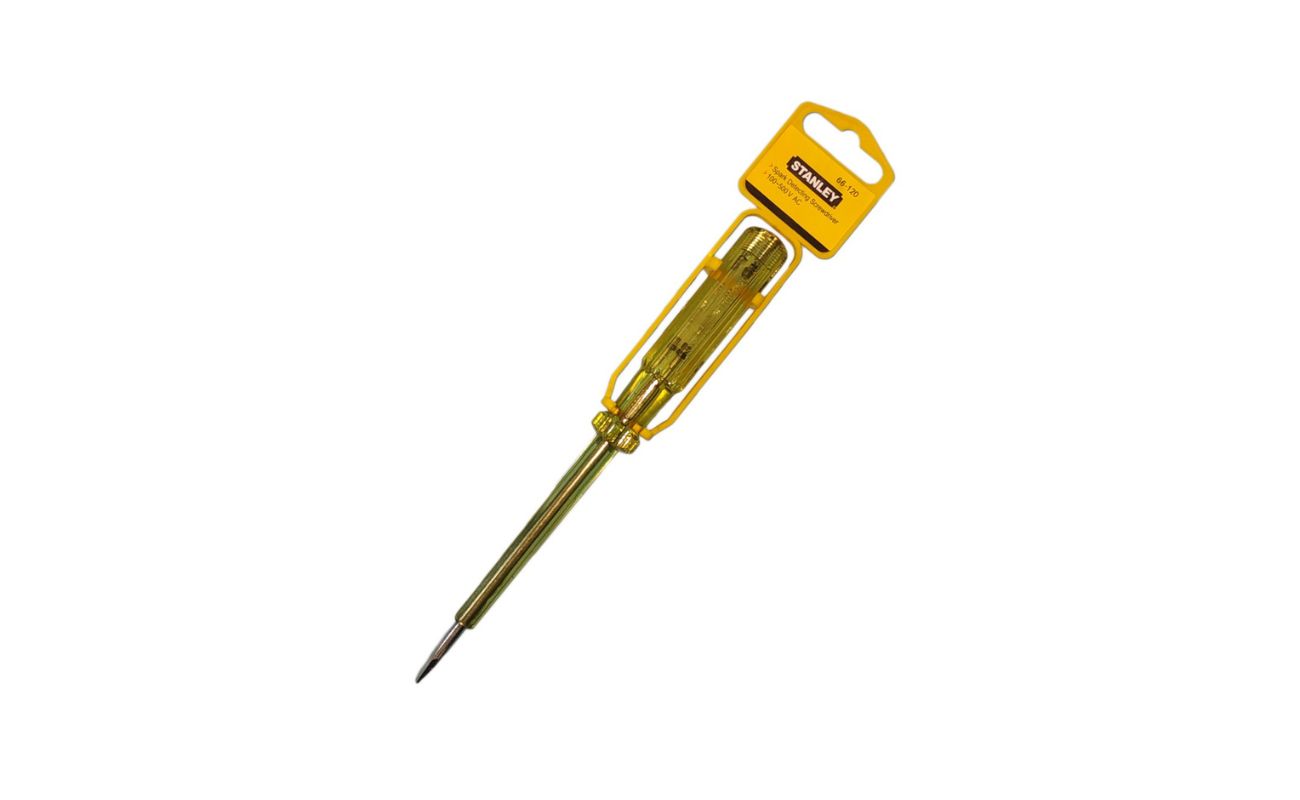

Tools & Equipment
How To Check For Spark With A Screwdriver
Published: December 19, 2023
Learn how to check for spark using a screwdriver and other tools and equipment. Follow these steps to ensure your vehicle's ignition system is functioning properly.
(Many of the links in this article redirect to a specific reviewed product. Your purchase of these products through affiliate links helps to generate commission for Storables.com, at no extra cost. Learn more)
Introduction
Welcome to the world of automotive diagnostics! If you've ever experienced issues with your car's engine, you know how frustrating it can be to identify the root cause. One common problem is a lack of spark in the engine, which can lead to issues such as rough idling, poor acceleration, or even a failure to start. However, fear not, as there's a simple and effective way to check for spark using a tool that might surprise you: a screwdriver.
In this comprehensive guide, we'll walk you through the process of checking for spark with a screwdriver, a technique that has been used by mechanics and car enthusiasts for decades. By following these steps, you'll gain valuable insights into the health of your engine's ignition system, allowing you to pinpoint potential issues and take the necessary steps to address them.
So, grab your screwdriver and let's dive into the fascinating world of automotive diagnostics. Whether you're a seasoned gearhead or a curious car owner looking to learn more about your vehicle, this guide will equip you with the knowledge and skills to confidently check for spark and keep your engine running smoothly. Let's get started!
Key Takeaways:
- Easily check for spark in your car’s engine using just a screwdriver and a few simple steps, helping you identify potential ignition system issues and keep your engine running smoothly.
- By following this guide, you can use a screwdriver to visually confirm the presence of spark, empowering you to perform preliminary diagnostics on your vehicle’s ignition system with minimal equipment.
Read more: How To Check If A Lawnmower Has Spark
Step 1: Gather the Necessary Tools
Before diving into the process of checking for spark with a screwdriver, it’s essential to gather the tools required for the task. Here’s a list of items you’ll need:
- Screwdriver: A standard flathead screwdriver will serve as the primary tool for this diagnostic procedure. Ensure that the screwdriver’s handle is made of non-conductive material, such as plastic or rubber, to prevent the risk of electric shock.
- Insulated Gloves: While not mandatory, wearing insulated gloves can provide an added layer of protection when working around the engine’s ignition system.
- Safety Glasses: Protect your eyes from potential debris or sparks by wearing safety glasses during the diagnostic process.
- Flashlight: A reliable flashlight will help illuminate the engine bay, making it easier to locate and inspect components.
- Owner’s Manual: It’s always handy to have the vehicle’s owner’s manual on hand for reference, especially when identifying the location of specific engine components.
By ensuring that you have these tools at your disposal, you’ll be well-prepared to carry out the spark check with precision and safety in mind. With the necessary items in hand, you’re ready to move on to the next step in the process.
Step 2: Prepare the Engine
Before proceeding with the spark check, it’s crucial to prepare the engine to ensure a safe and effective diagnostic process. Follow these steps to prepare the engine for the inspection:
- Turn Off the Engine: If the engine is running, switch it off and allow it to cool down before beginning the diagnostic procedure. Working on a cool engine reduces the risk of burns and ensures a safer working environment.
- Engage the Parking Brake: To prevent any unintended movement of the vehicle, engage the parking brake securely. This adds an extra layer of safety during the diagnostic process.
- Open the Hood: Pop the hood of the vehicle and secure it in place using the prop rod or hood latch. This will provide clear access to the engine bay, allowing for easier inspection and manipulation of components.
- Locate the Ignition Components: Familiarize yourself with the location of the spark plugs, ignition coils, and other relevant components within the engine bay. Consult the owner’s manual if necessary to identify these elements accurately.
- Ensure Adequate Lighting: If the lighting in the engine bay is insufficient, use a flashlight to illuminate the area where you’ll be performing the spark check. Clear visibility is essential for accurate diagnostics.
By taking these preparatory steps, you’ll create a safe and organized environment for conducting the spark check. With the engine properly prepared, you’re now ready to move on to the next stage of the diagnostic process: locating the spark plug.
Step 3: Locate the Spark Plug
The next crucial step in the process of checking for spark with a screwdriver is to locate the spark plug within the engine bay. The spark plug plays a pivotal role in the ignition process, generating the spark needed to ignite the air-fuel mixture in the engine’s cylinders. Here’s how to locate the spark plug:
- Identify the Spark Plug Wires: In engines with traditional ignition systems, look for a set of thick, insulated wires leading to the top of the engine’s cylinders. Each wire connects to an individual spark plug.
- Follow the Wire to the Spark Plug: Trace the path of each spark plug wire from the top of the engine to the corresponding spark plug. The wires typically lead to the spark plugs, which are situated at the top or sides of the engine’s cylinder head.
- Consult the Owner’s Manual: If you’re having difficulty locating the spark plugs, refer to the vehicle’s owner’s manual for specific guidance. The manual may contain diagrams or descriptions that pinpoint the exact location of the spark plugs in your vehicle’s engine.
- Ensure Proper Labeling: Some modern engines feature coil-on-plug ignition systems, where individual ignition coils are directly connected to the spark plugs. In such cases, the coils are labeled with the cylinder numbers they correspond to, aiding in the identification process.
Once you’ve successfully located the spark plug or plugs, you’re ready to proceed to the pivotal stage of using the screwdriver to check for spark. With the spark plug in your sights, you’re one step closer to gaining valuable insights into your engine’s ignition system.
When checking for spark with a screwdriver, make sure the handle is made of non-conductive material like plastic. Hold the metal end near the spark plug wire and look for a spark when the engine is cranked.
Step 4: Use the Screwdriver to Check for Spark
Now comes the exciting part: using a screwdriver to check for spark in your engine’s ignition system. This method allows you to visually confirm whether the spark plug is generating the necessary spark to ignite the air-fuel mixture in the cylinder. Here’s how to perform the spark check using a screwdriver:
- Prepare the Screwdriver: Ensure that the screwdriver you’re using has a non-conductive handle, such as one made of plastic or rubber. This is crucial for safety, as it minimizes the risk of electric shock during the diagnostic process.
- Disconnect the Spark Plug Wire: Carefully disconnect the spark plug wire from the spark plug. If your engine has multiple cylinders, focus on one spark plug at a time to avoid confusion.
- Insert the Screwdriver: Insert the tip of the screwdriver into the end of the spark plug wire that was connected to the spark plug. Ensure that the metal shaft of the screwdriver is in close proximity to a metal surface on the engine, such as the engine block or a metal bracket.
- Crank the Engine: With the screwdriver in place, ask a helper to crank the engine using the ignition key or starter button. As the engine cranks, observe the tip of the screwdriver for the presence of a visible spark jumping from the screwdriver shaft to the nearby metal surface.
If you observe a visible spark during the cranking process, it indicates that the ignition system is functioning correctly, and the spark plug is generating the necessary spark. However, if no spark is visible, it suggests a potential issue with the ignition system, spark plug, or related components.
By using the screwdriver as a diagnostic tool, you can quickly determine whether the ignition system is delivering the essential spark needed for proper engine operation. This straightforward yet effective method empowers you to assess the health of your engine’s ignition system with minimal equipment and effort.
Step 5: Analyze the Results
After performing the spark check using a screwdriver, it’s time to analyze the results and draw valuable insights regarding the health of your engine’s ignition system. Here’s how to interpret the findings and take the next steps based on the results:
- Visible Spark: If you observed a visible spark jumping from the screwdriver shaft to the nearby metal surface while cranking the engine, congratulations! This indicates that the ignition system is generating the necessary spark, and the spark plug is likely in good condition. You can reconnect the spark plug wire and move on to other diagnostic procedures if needed.
- No Visible Spark: If no spark was visible during the spark check, it suggests a potential issue with the ignition system, spark plug, or related components. In this case, further investigation is warranted. You may consider inspecting the spark plug for fouling or damage, checking the spark plug wire for continuity, and examining the ignition coil or distributor for faults.
- Intermittent Spark: In some instances, you might observe an intermittent or weak spark during the diagnostic process. This can indicate marginal performance of the ignition system components, such as a failing ignition coil or compromised spark plug. It’s essential to address such issues promptly to prevent potential engine performance problems.
Regardless of the results, the spark check using a screwdriver provides valuable insights into the condition of the engine’s ignition system. If you encountered issues during the diagnostic process, consider seeking assistance from a qualified automotive technician to diagnose and rectify the underlying problems effectively.
By analyzing the results of the spark check, you’re better equipped to make informed decisions regarding the maintenance and repair of your vehicle’s ignition system. Whether you’re celebrating a healthy ignition system or preparing to address potential issues, the knowledge gained from this diagnostic procedure empowers you to keep your engine running smoothly.
Conclusion
Congratulations on successfully navigating the process of checking for spark with a screwdriver! By following the steps outlined in this guide, you’ve gained valuable insights into the health of your engine’s ignition system and equipped yourself with the knowledge to address potential issues effectively.
Using a simple yet effective method, you’ve harnessed the power of a screwdriver to visually confirm the presence of spark, a crucial element in the combustion process. Whether you observed a strong spark, encountered issues, or identified intermittent performance, the diagnostic procedure has provided you with actionable information to guide your next steps.
Remember, the ability to check for spark using a screwdriver empowers you to perform preliminary diagnostics on your vehicle’s ignition system with minimal equipment. Whether you’re a seasoned automotive enthusiast or a novice looking to learn more about your vehicle, this fundamental skill can save you time and money by enabling you to identify and address ignition-related issues promptly.
Should you encounter challenges or require further assistance with your vehicle’s ignition system, don’t hesitate to consult a qualified automotive professional. Their expertise and diagnostic tools can help pinpoint and resolve complex issues, ensuring the optimal performance and reliability of your vehicle.
With your newfound knowledge and hands-on experience, you’re well-prepared to keep your engine running smoothly and tackle potential ignition system issues with confidence. The journey of automotive diagnostics is an exciting and rewarding one, and your ability to check for spark with a screwdriver is a valuable skill in your automotive toolkit.
So, pat yourself on the back for mastering this essential diagnostic technique, and remember that the world of automotive maintenance and repair is filled with opportunities to learn and grow. Whether you’re performing routine maintenance or troubleshooting complex issues, your dedication to understanding your vehicle’s systems will continue to serve you well on the road ahead.
Frequently Asked Questions about How To Check For Spark With A Screwdriver
Was this page helpful?
At Storables.com, we guarantee accurate and reliable information. Our content, validated by Expert Board Contributors, is crafted following stringent Editorial Policies. We're committed to providing you with well-researched, expert-backed insights for all your informational needs.
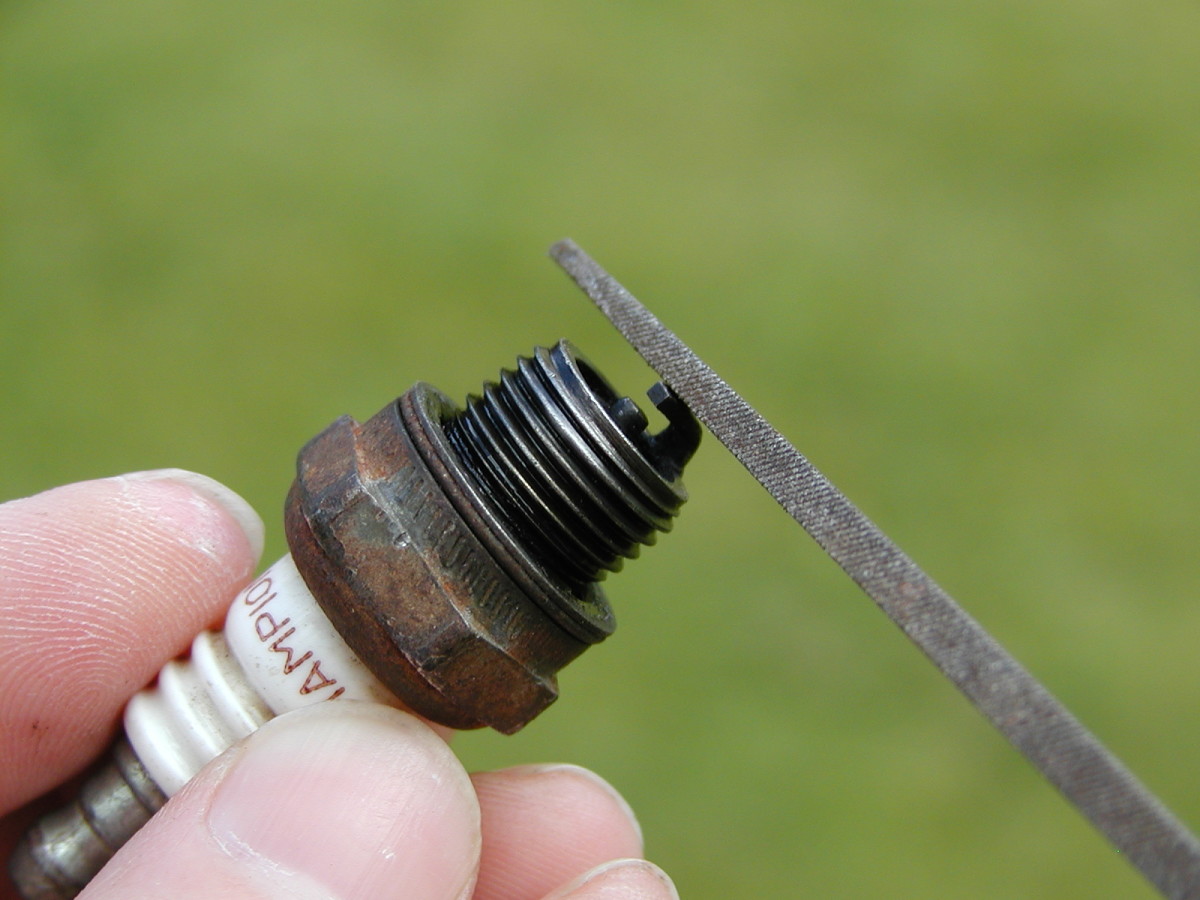
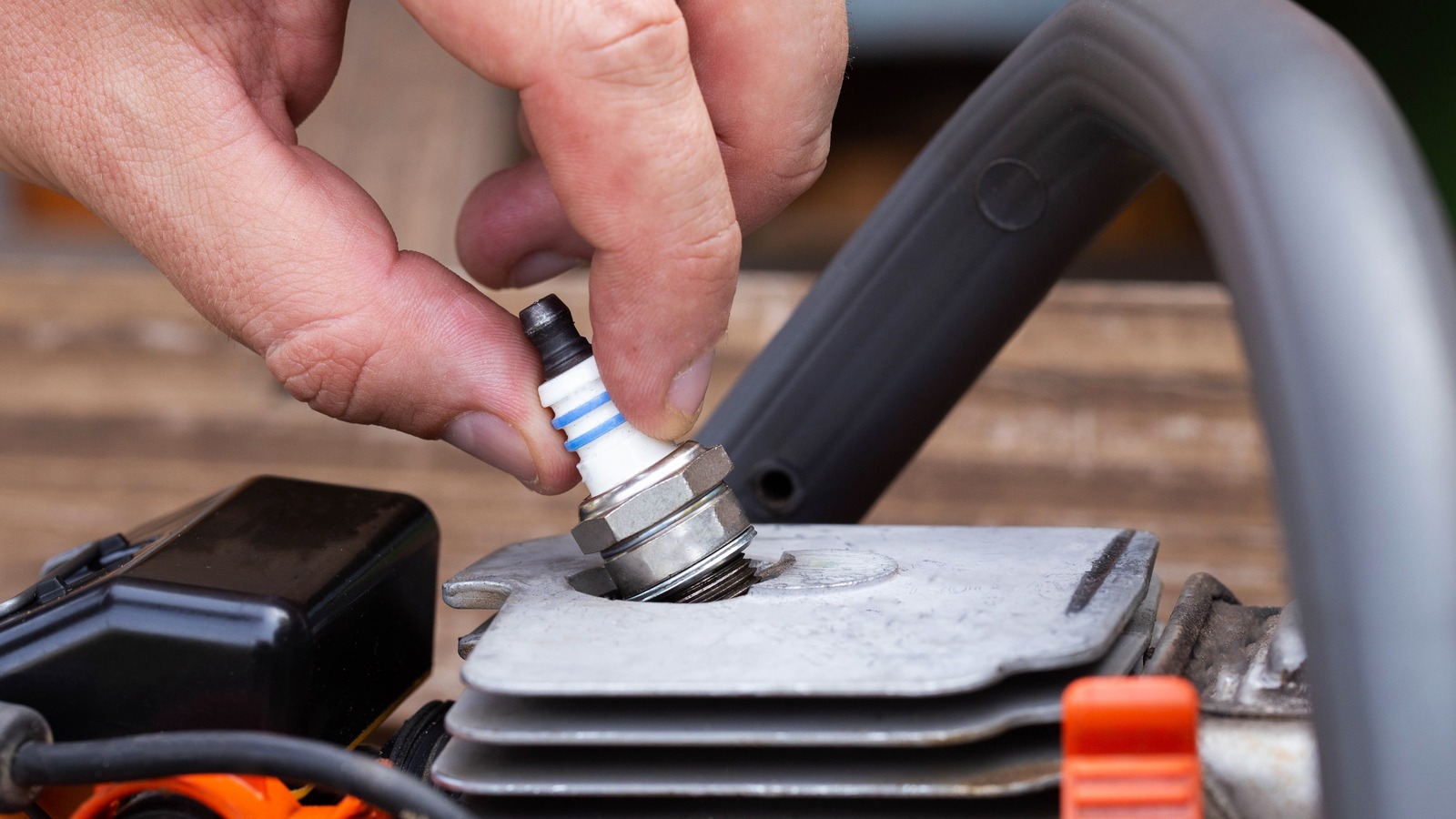

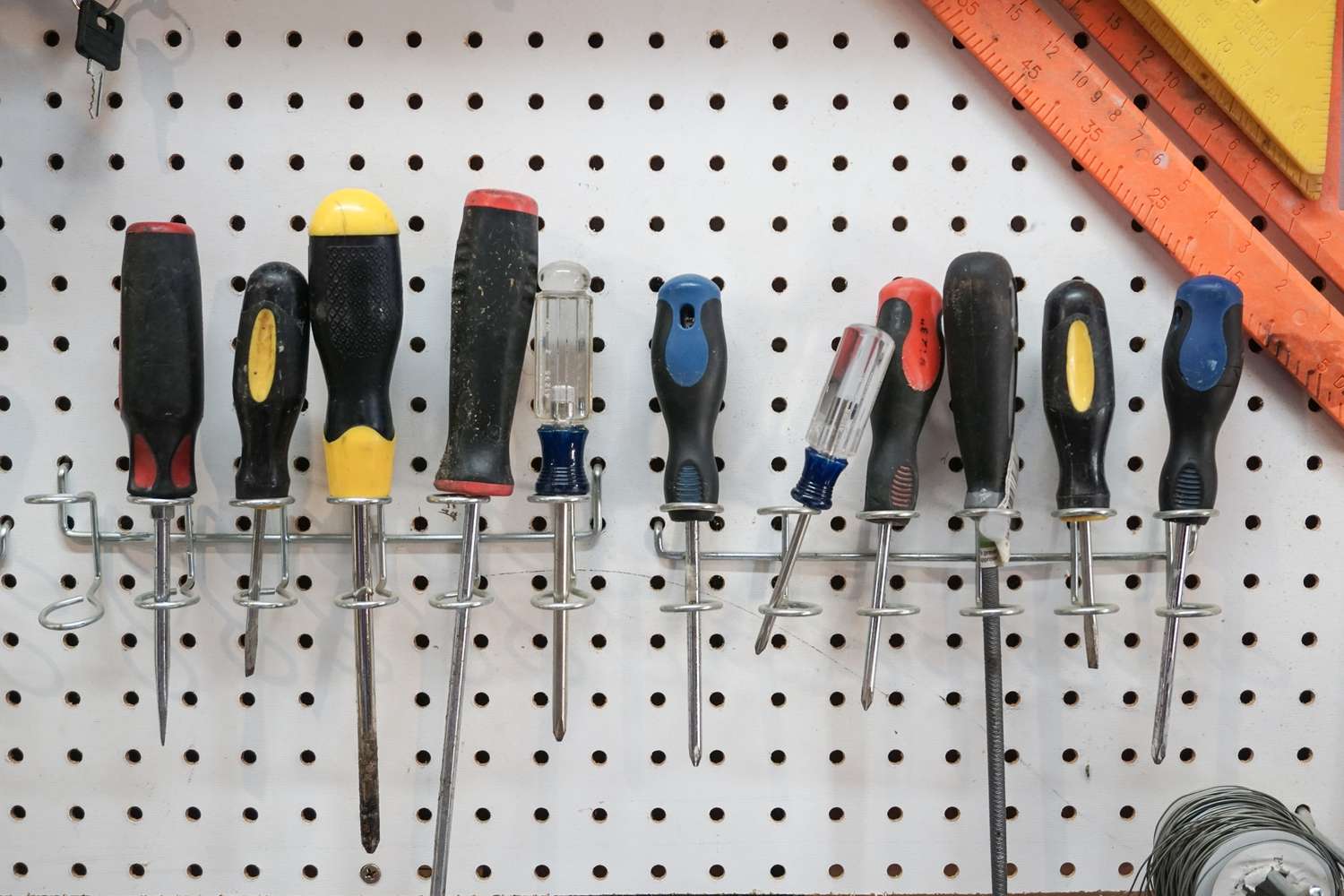
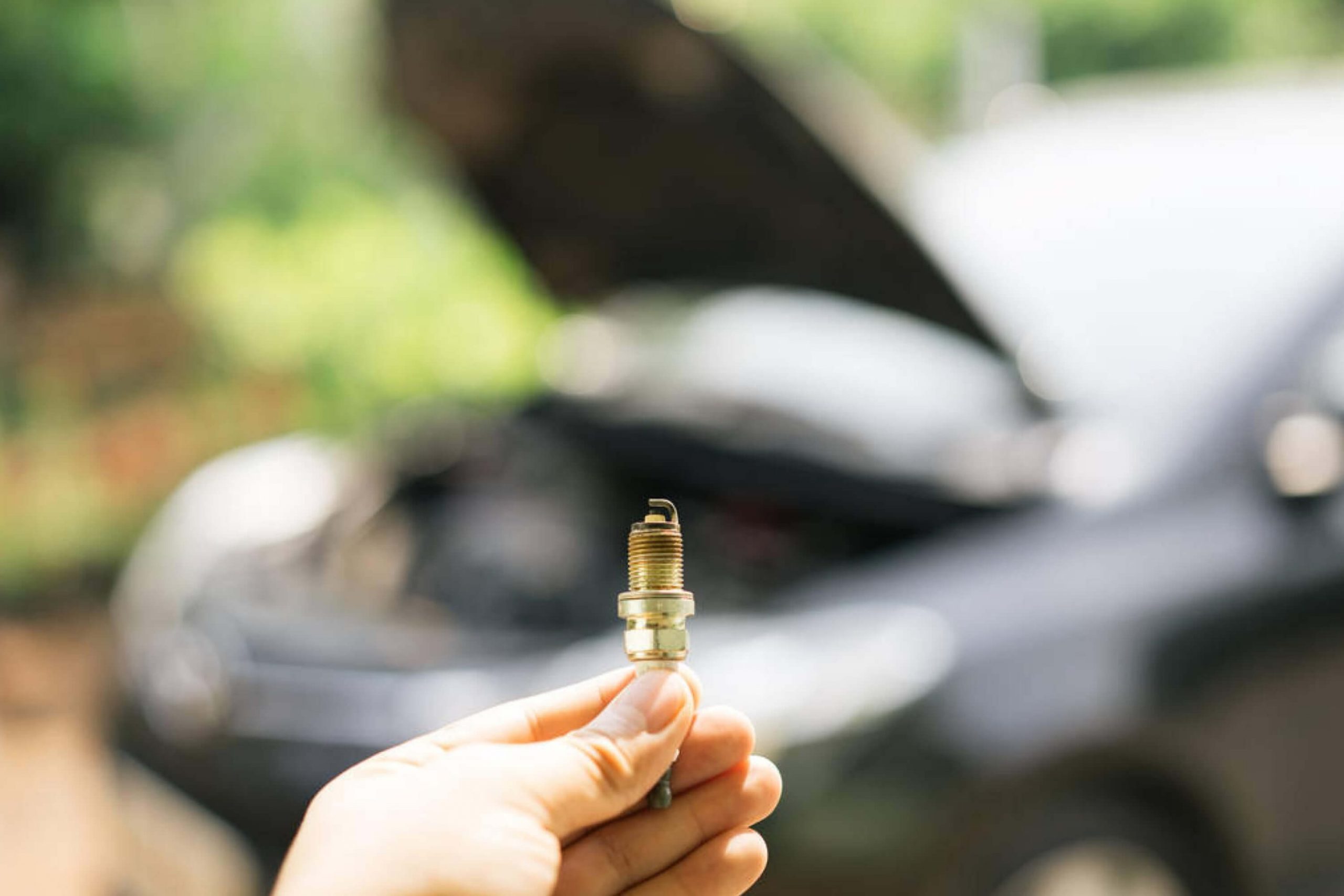

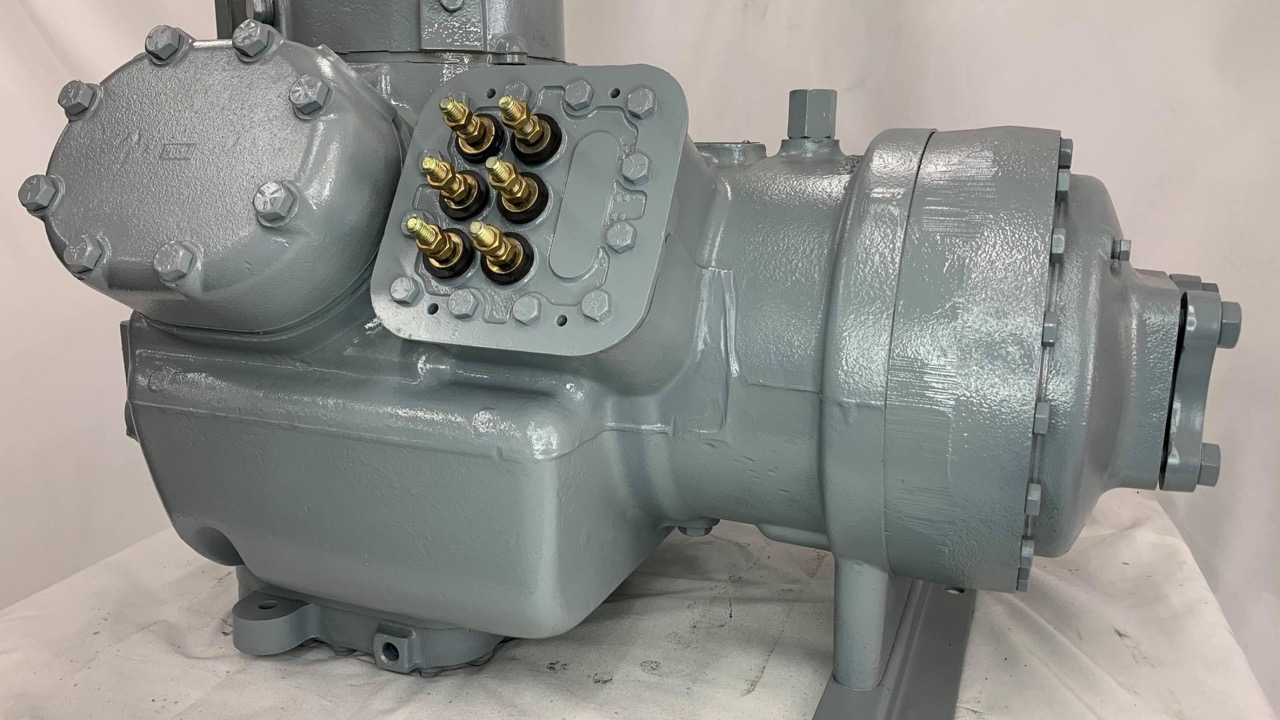
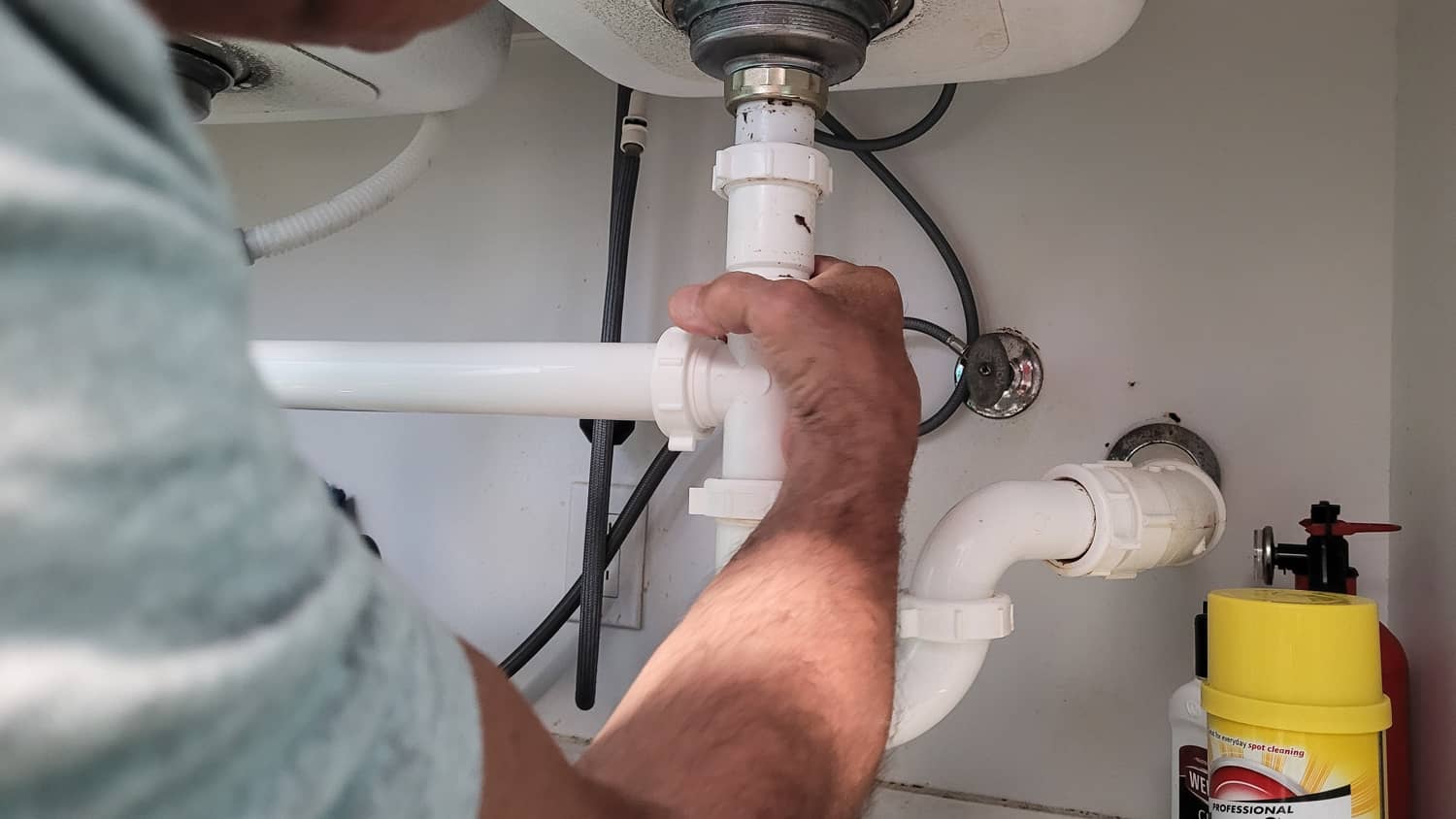
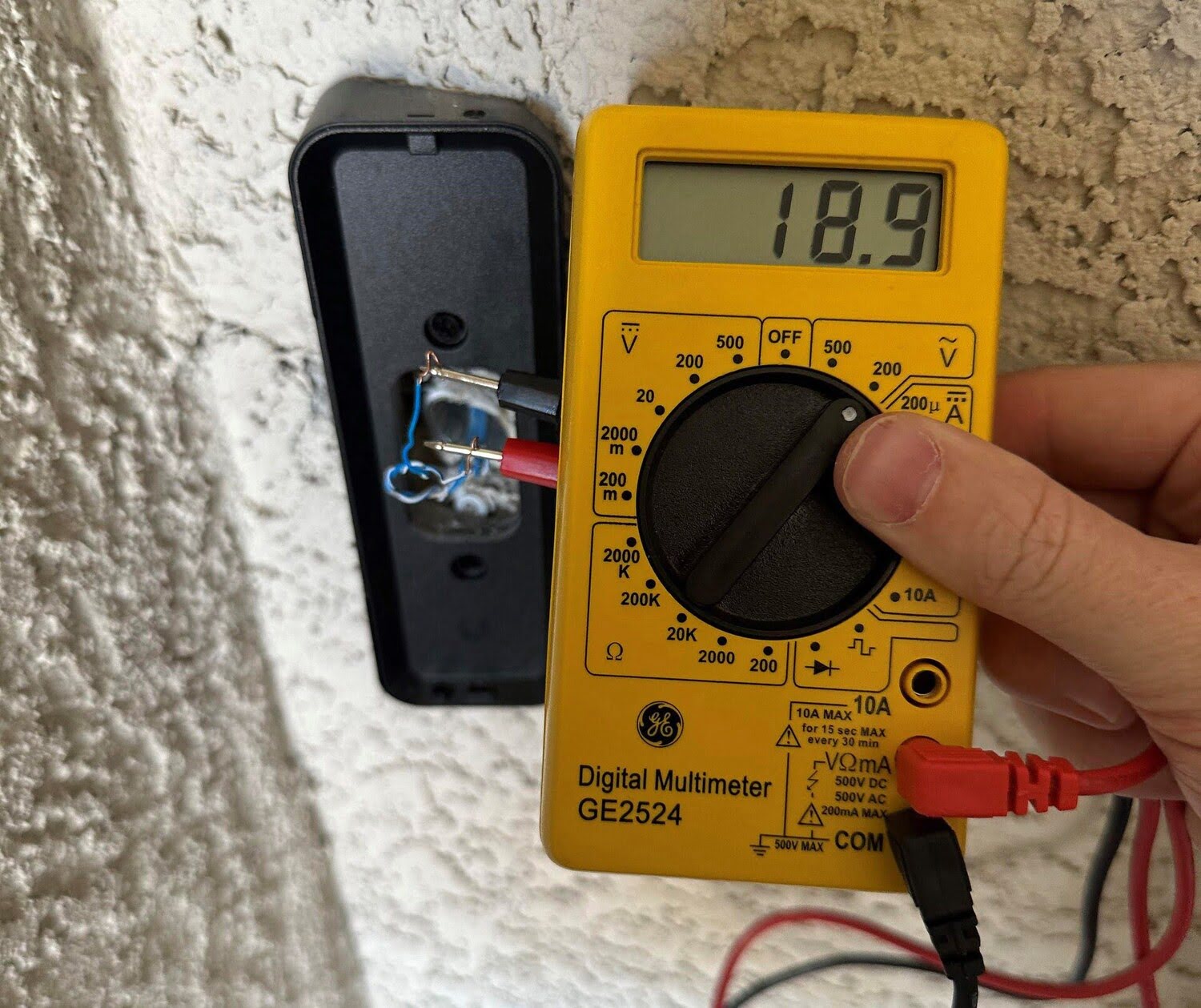


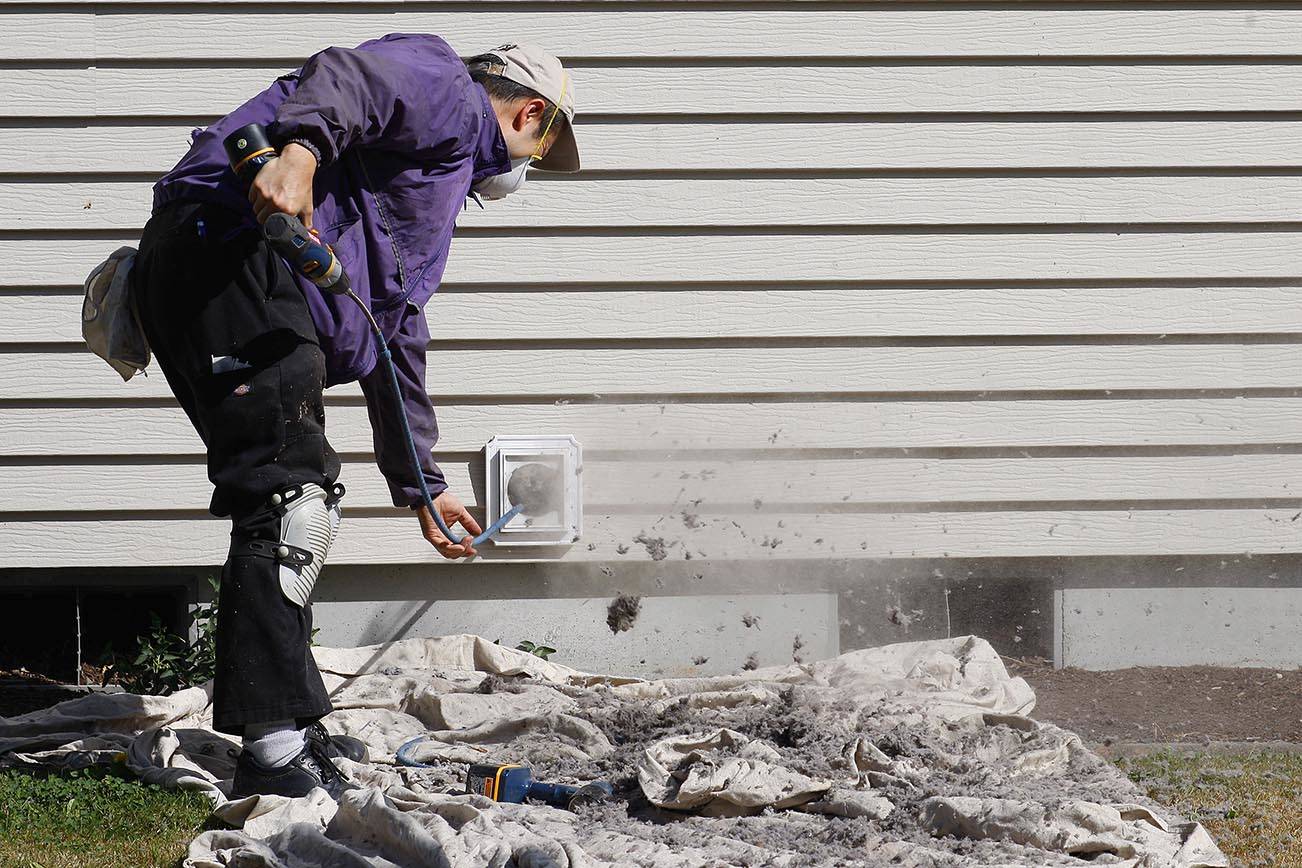



0 thoughts on “How To Check For Spark With A Screwdriver”